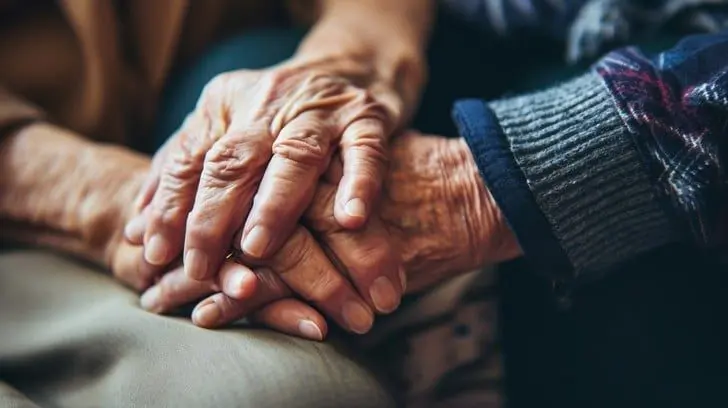By Chéye Roberson
Sentinel Correspondent
The Junior League of Greenwich hosted a free seminar to discuss how to improve the early detection and following treatment of traumatic brain injuries among children and adolescents.
“Concussions: What You Need to Know,” held in the Cole Auditorium at Greenwich Library Tuesday night, featured a multi-disciplinary group of panelists. They presented the best practices to aid in the prevention and decrease of serious long-term effects of brain injury.
The panel discussion was held in response to the recent increase in public concern about head injuries in schools and colleges—not just head injuries sustained by athletes, but also those suffered by students outside of sports.
The panelists were James Perkins, the moderator; Morris Levin, M.D.; Corey Burchman, M.D.; Johnathan D. Lichtenstein, Psy.D, M.B.A.; James M. Murtha, Ph.D.; and Nathaniel Fick, J.D. Each panelist came up to the podium to deliver a portion of the overall presentation.
The group spoke about how to return individuals to normality as quickly as possible after suffering a concussion. The key points touched upon were early interventions, the role of personnel in educational settings, how athletes are not the only students who are in danger of suffering from a concussion, and the importance of avoiding re-injury.
According to the Centers for Disease Control, each year, emergency departments in the United States treat an estimated 173,285 sports and recreation related traumatic brain injuries among children and adolescents from birth to 19 years old.
“Concussions can cause a cascade of injuries that cause an eruption that can’t be seen with an MRI or may be read as a radiologist as completely normal,” Fick said.
He compared the damage a concussion causes to damaged software on a computer. The hardware may appear to be in perfect shape, but the computer is unable to run correctly.
“Concussions result in software disruption,” said Fick.
Dr. Levin told the audience that some patients who appear to be fine but have several undetected injuries are referred to as “the walking wounded.” There are many instances in which a child suffers a collision or fall, and because he or she seems not to show symptoms at the time, will return to the field to continue playing. The panelists stressed that this is not the way to handle the situation.
“When in doubt, sit them out,” should be the philosophy, they said.
Much the same is true for a student readjusting to academic life. It is better for a child to take it slowly, so that they are not overwhelmed with mental and cognitive function after suffering from a concussion. According to the panelists, it is usually best for the patient to take a week off from school following the accident and return to schoolwork little by little. The panel informed everyone that the brain needs rest just like the body does, because after a concussion it struggles to reproduce energy in the form of glucose.
The signs and symptoms of a concussion are headaches, a feeling of pressure in the head, temporary loss of consciousness, confusion or feeling foggy, dizziness, ringing in the ears, being unable to remember details surrounding the traumatic event, delayed response to questions, nausea, vomiting, slurred speech, and fatigue.
Fick said the key to determining if a child has suffered a concussion is repeated assessment. Each panelist echoed the importance of having a network of parents, teachers, guidance counselors, principles, coaches, and primary care personnel working together keeping regular communication for the benefit of the child.
“Children and adolescents are among those at greatest risk for concussion,” said Alessandra Messineo Long, the president of Junior League of Greenwich. “Proper recognition and response to concussion can prevent further injury and help with recovery. Educating our community through this seminar will help raise awareness and promote healthy living.”
Smart Response, the Old Greenwich-Riverside Community Center, the YMCA of Greenwich, the YWCA of Greenwich, and the Boys & Girls Club of Greenwich were sponsors of the event.





